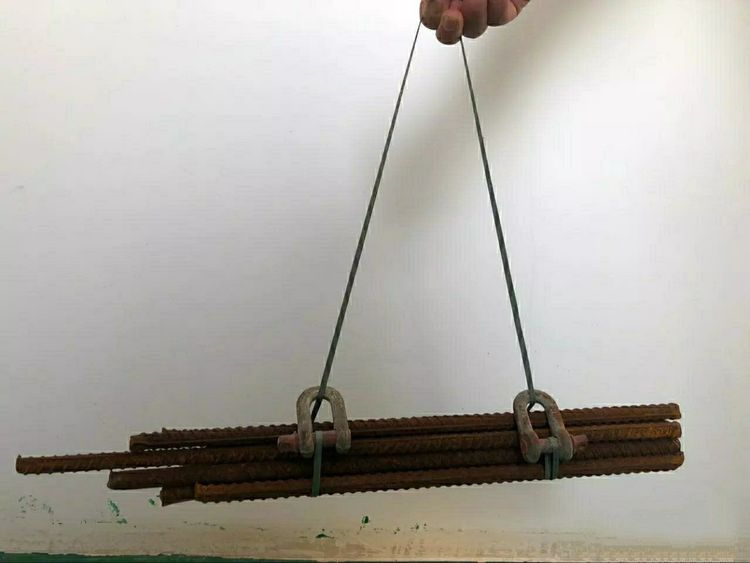News
Nov . 16, 2024 22:00 Back to list
famous rigging terms
Understanding Famous Rigging Terms in the Industry
Rigging is a crucial aspect of various industries, including construction, entertainment, shipping, and more. It involves the use of ropes, chains, pulleys, and other hardware to lift and move heavy loads. To communicate effectively in this field, it is essential for professionals to understand various rigging terms. Below, we explore some of the most famous rigging terms that are fundamental to the industry.
1. Rigging At its core, rigging refers to the process of arranging and securing equipment to lift, lower, or move loads. This involves the selection and use of appropriate tools and materials to ensure safety and efficiency during operations.
2. Load The load is the weight or object being lifted or moved, and understanding its characteristics is essential for selecting the right rigging equipment. Loads can vary widely, from construction materials and machinery to entertainment equipment like lighting and sound systems.
3. Working Load Limit (WLL) The Working Load Limit is the maximum load that a rigging component can safely support without risking failure. It is critical to consider the WLL of all rigging components, including slings, chains, and hooks, to prevent accidents during lifting operations.
4. Hoist A hoist is a mechanical device used to lift or lower a load. Hoists can be manual or powered and come in various forms, such as electric hoists, chain hoists, and beam hoists. Selecting the appropriate hoist is vital to ensure efficiency and safety during lifting operations.
5. Sling A sling is a flexible tool used to support and lift a load. Slings can be made from various materials, such as steel wire ropes, synthetic fibers, and chain. Each type of sling has its own advantages and limitations, making it essential to choose the right type for specific lifting scenarios.
famous rigging terms

6. Rigging Hardware Rigging hardware includes various components used to connect, secure, and stabilize loads during lifting. This includes shackles, hooks, turnbuckles, and clamps. Understanding the role and proper usage of each type of hardware is vital for safe operations.
7. Chain Fall A chain fall is a type of hoist that utilizes a chain to lift heavy loads. It operates by pulling a chain that winds around a drum, allowing for substantial lifting power in a compact design. Chain falls are commonly used in industrial settings and construction.
8. Block and Tackle This term refers to a system consisting of pulleys and ropes that provides a mechanical advantage, making it easier to lift heavy loads. The arrangement of pulleys reduces the amount of force needed, enhancing the efficiency of lifting operations.
9. Tag Line A tag line is a rope or cord attached to a load to help guide and control its movement during lifting. Using a tag line helps prevent swinging or uncontrolled motions, which can pose safety hazards during rigging operations.
10. Signal Person A signal person is an individual trained to communicate with riggers and operators during lifting operations. Effective communication is vital for ensuring that the lifting process is carried out safely and smoothly, reducing the risk of accidents.
Conclusion
Understanding rigging terms is essential for anyone working in industries that involve lifting and transporting heavy loads. Familiarity with these terms helps improve safety standards and operational efficiency. As technology evolves and new techniques emerge, staying updated on rigging terminology is crucial for professionals to adapt and ensure safe practices in their work. Whether you are a seasoned rigger or just starting in the field, mastering these fundamental terms will enhance your understanding and capability in rigging operations.
